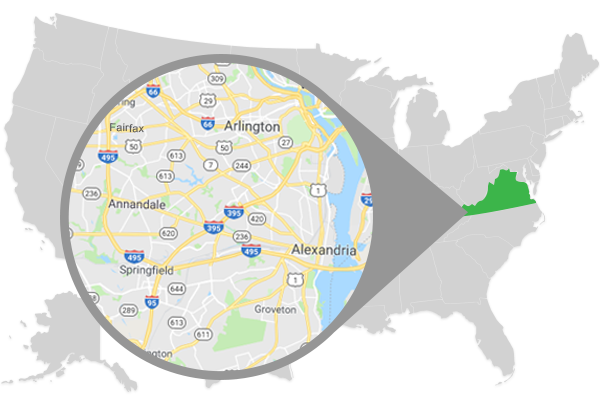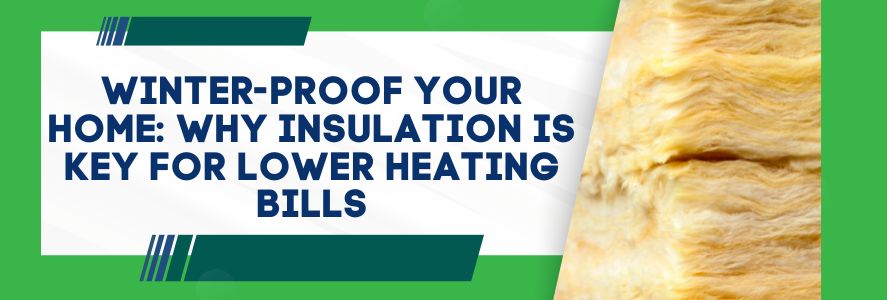
The Stafford/Fredericksburg area has been experiencing extreme cold lately, with snowy weather, icy road conditions, and temperatures dipping into the teens or below. When the weather is this extreme, it’s important that your home can maintain a warm environment for you and your family. Unfortunately, if your home is not properly insulated, then keeping your home warm during winter can cost you a fortune in energy bills. Insulation is the most effective method of maintaining a steady temperature in your home, even more so than doors or windows. Without proper insulation, your home’s HVAC system will have to compensate, which can increase heating bills and strain your systems.
How Insulation Helps During Winter
Insulation is the most effective method of keeping your home warm in the winter. Insulation is a type of material placed inside attics, wall voids, and crawl spaces that forms a heat-resistant barrier. During the hot months of summer, insulation effectively keeps the hot air outside, keeping the cool air produced by your HVAC system inside the home for you. Conversely, during the winter, insulation effectively keeps the hot air produced by your HVAC system INSIDE, and the frigid winter air OUTSIDE. If your home is properly insulated, you don’t have anything to worry about, as your sturdy insulation can keep your home comfortable year-round. Proper insulation can keep your energy bills down in the winter, as your system won’t have to work nearly as hard to keep a comfortable, consistent temperature in your home. You will also save money in maintenance and repairs, as your HVAC system won’t be under as much pressure or have to strain nearly as much.
Signs Your Home May Be Under-Insulated
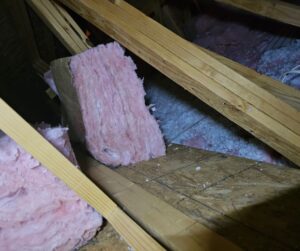
Insulation can settle and become less effective over time, and it can also become damaged by pest and wildlife intrusions. Wildlife like raccoons and squirrels are known to break into your attic, where they will begin ripping up your insulation to make their nests, often soiling it in the process with their urine and droppings. If you have a mice infestation in your home, these pests will tunnel through your insulation, lowering its effectiveness. Additionally, holes in your roof created by nuisance wildlife can let in precipitation, which can saturate your insulation and lower its ability to resist heat.
Key Areas to Insulate for Winter
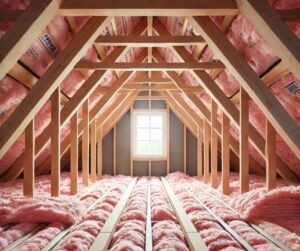
- Attics: Heat rises through the home, so an un-insulated or improperly insulated attic will let all the heat out of your house. It’s crucial to ensure that your attic is well-insulated to protect against the winter chill.
- Walls: Making sure your walls are well-insulated will offer better heat retention.
- Floors and Crawl Spaces: Insulating floors and crawl spaces will ensure that the hot air in your home is evenly distributed, and not just rising to the top floor.
- Windows and Doors: Using weatherstripping on windows and doors can keep drafts out.
Types of Insulation
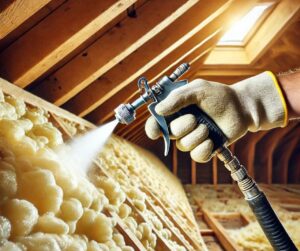
- Spray foam insulation: This type of insulation is easy to spray onto walls and inside hard-to-reach nooks and crannies. Additionally, spray foam insulation will form a sealing barrier that protects against cold air. Spray foam insulation also has a very high r-value, which is a measure of insulation effectiveness.
- Batted/rolled insulation: this is what you most likely picture when you think of insulation, these large, pink or yellow rolls of insulation are great for covering large spaces like attics and walls.
- Blown-in cellulose: this material can be added on to older insulation, which makes it perfect for revitalizing insulation that has settled over time.
- Foam board: this type of insulation is dense and moisture resistant. Foam board has a high r-value, and can be installed anywhere that might get wet, like inside a crawl space or basement.
Contact Summit Environmental Solutions For Insulation Removal, Cleaning, and Replacement
Installing your insulation by yourself can be a major hassle, especially if you need to remove and replace old, damaged, or soiled insulation. That’s where we come in! Summit Environmental Solutions offers the best insulation removal and replacement services in the Stafford/Fredericksburg area. Our process starts off with a FREE inspection, where one of our insulation technicians will examine your current insulation job, before providing you with expert advice on what your next steps should be. If you need your current insulation removed, our team can remove it, and then clean the area, eliminating any animal waste that might have been left behind by a raccoon or squirrel. Finally, we will replace your insulation with newer, highly effective material, whether that be fiberglass batts/rolls, spray foam, blown-in cellulose, or foam board. A properly insulated home will protect you from the chilling winds of winter as well as the oppressive heat of summer, so contact our team to get started today at 703-520-5868!

